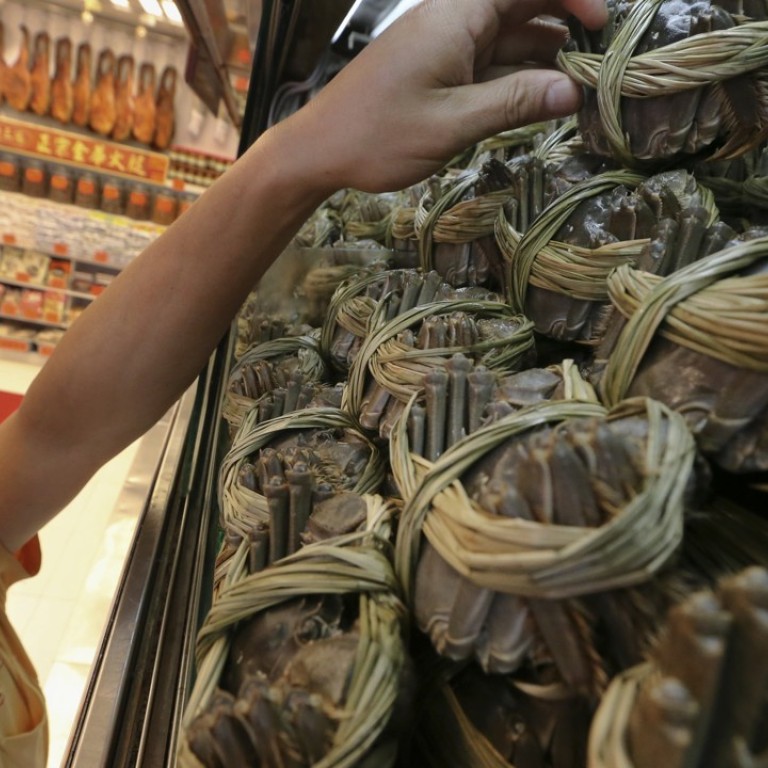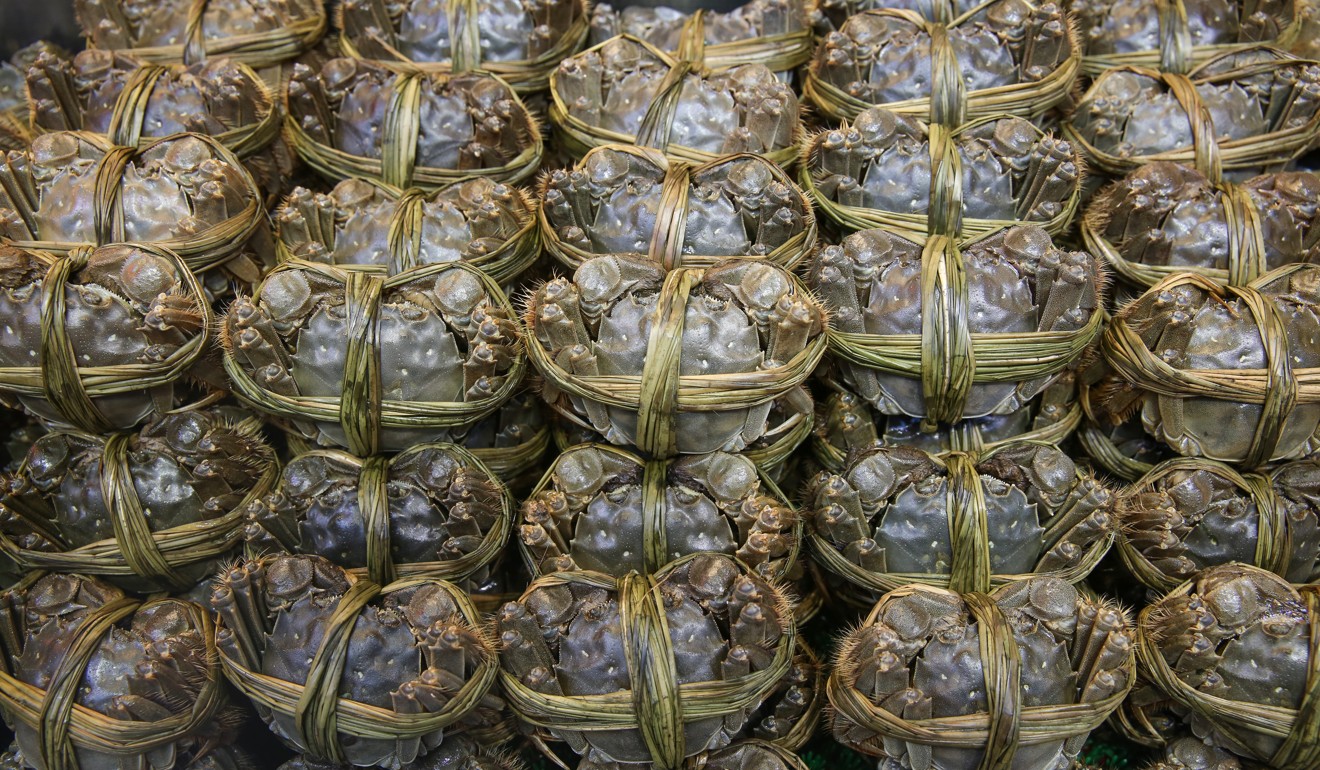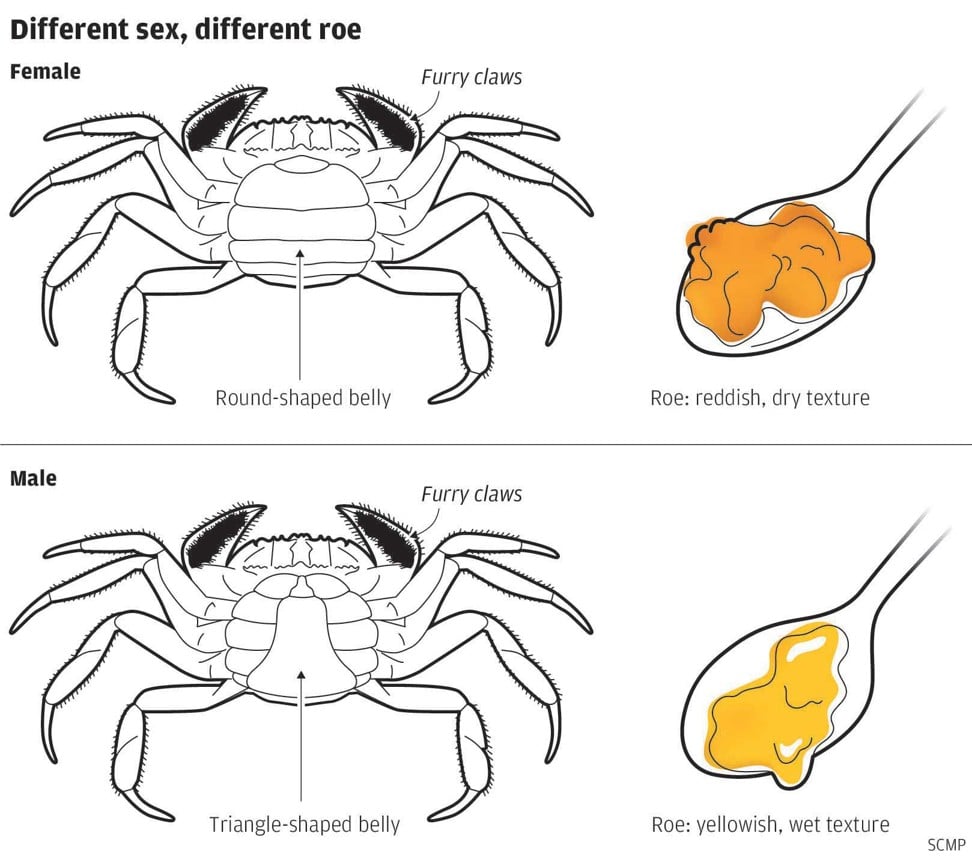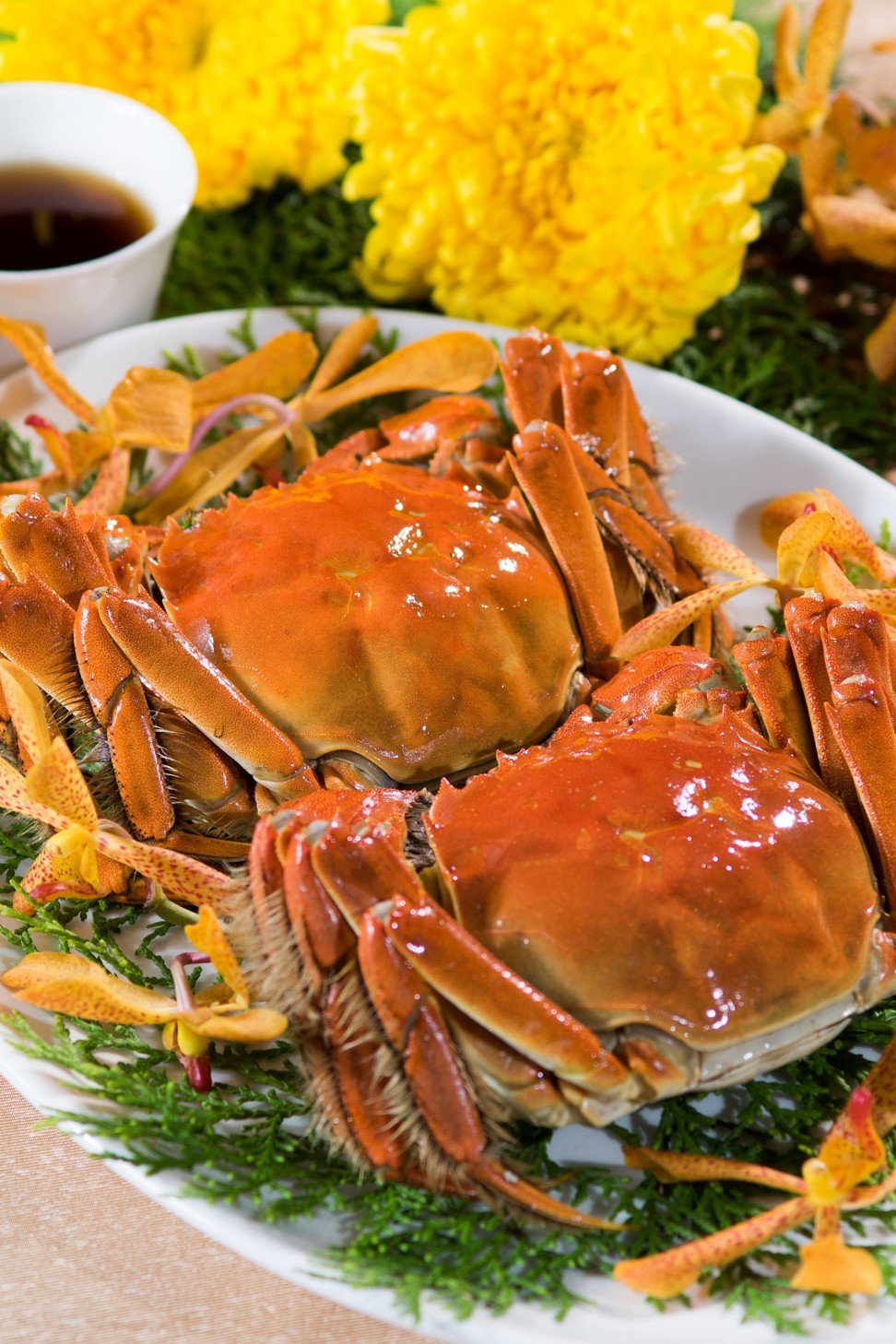
What’s behind the ban on hairy crabs from the mainland and what Hongkongers can do about it
Industrial activities and factory farming have polluted the habitat of the delicacy
The ban on the famed Chinese mitten crabs – or hairy crabs – appears to have no end in sight, which could be a real letdown for Hongkongers who crave the popular seasonal delicacy.

The continued suspension came despite recent tests that found 11 out of 12 samples of hairy crabs, including five from local vendors who claimed the crabs were from the mainland, were safe for consumption. The one sample that was found unsafe was from Taoyuan, Taiwan. It was found to have an excessive level of cancer-causing chemicals such as dioxin.
Mainland halt on hairy crab exports keeps them off the menu in Hong Kong, as peak season nears
The import of hairy crabs is now being assessed by the Customs and Excise Department.
Why are mainland hairy crabs absent from the market this season?
A food contamination scandal shook the city in November last year as the Centre for Food Safety found three samples of hairy crabs, raised in two aquaculture farms in Jiangsu province, contained almost double the accepted level of dioxin and dioxin-like polychlorinated biphenyls. Both are highly toxic chemical compounds that can cause cancer and damage the reproductive and immune systems. Since then, no mainland supplies have been allowed to enter the city.

What are the reasons behind the contamination?
According to a 2016 report from the central government’s environmental protection ministry, industrial activities and factory farming caused serious water pollution in Jiangsu province, which accounted for up to 80 per cent of Hong Kong’s imported hairy crabs.
Ten out of 15 tributaries of Lake Tai, a fertile ground for the delicacy, failed the country’s water quality standards. In the Lake Tai area, around 80 per cent of the 161 large-scale livestock farms did not have sewage treatment facilities.
Lower harvest set to push up price of prized hairy Chinese holiday delicacy
How are hairy crabs different from other crabs?
The hairy crab earned its name for the distinctive “fur” on its claws. It is prized for its rich roe: females have reddish curd-like roe, while males have yellowish liquid roe. The crabs are traditionally steamed with dried perilla leaves and sliced ginger.
Autumn (from September to November) is the hairy crab season because by that time they have produced the most roe before the winter mating season.
Why are mainland breeds the most popular?
“Mainland aquaculture farms have mature crab-raising techniques that are beyond compare,” said Tommy Chan Tiu-ming, a third-generation hairy crab vendor. “The quality of hairy crabs from Taiwan are varied while those from Japan only have 80 to 90 per cent of roe in quantity, compared to the mainland breed.”
Hong Kong mulls food safety law after scare caused by toxic chemicals in hairy crabs
The ban forced Chan, whose family has owned Shanghai New Sam Yung Market for 60 years, to sell hairy crabs from Hokkaido, Japan, this year but lamented that limited supplies and high costs had lowered the profit margin. He expects to see a huge drop in revenue – as much as 90 per cent this year.
According to Chan, a hairy crab that weights around 5 taels (190 grams) would sell for about HK$80 (US$10) while those from Japan would cost HK$130, with the latter being less popular among Hongkongers.
Without a proper supply of hairy crabs, what’s left on the menu?
Hairy crabs from Japan and Taiwan are still available in Hong Kong. But some local restaurants have decided not to put them on the menu because of the relatively high cost and low popularity.
Meanwhile, some local traders have claimed to have sourced “parallel crabs” from the mainland. These crabs have not gone through proper customs checks or been tested by local authorities so it remains uncertain whether they are safe for consumption.



